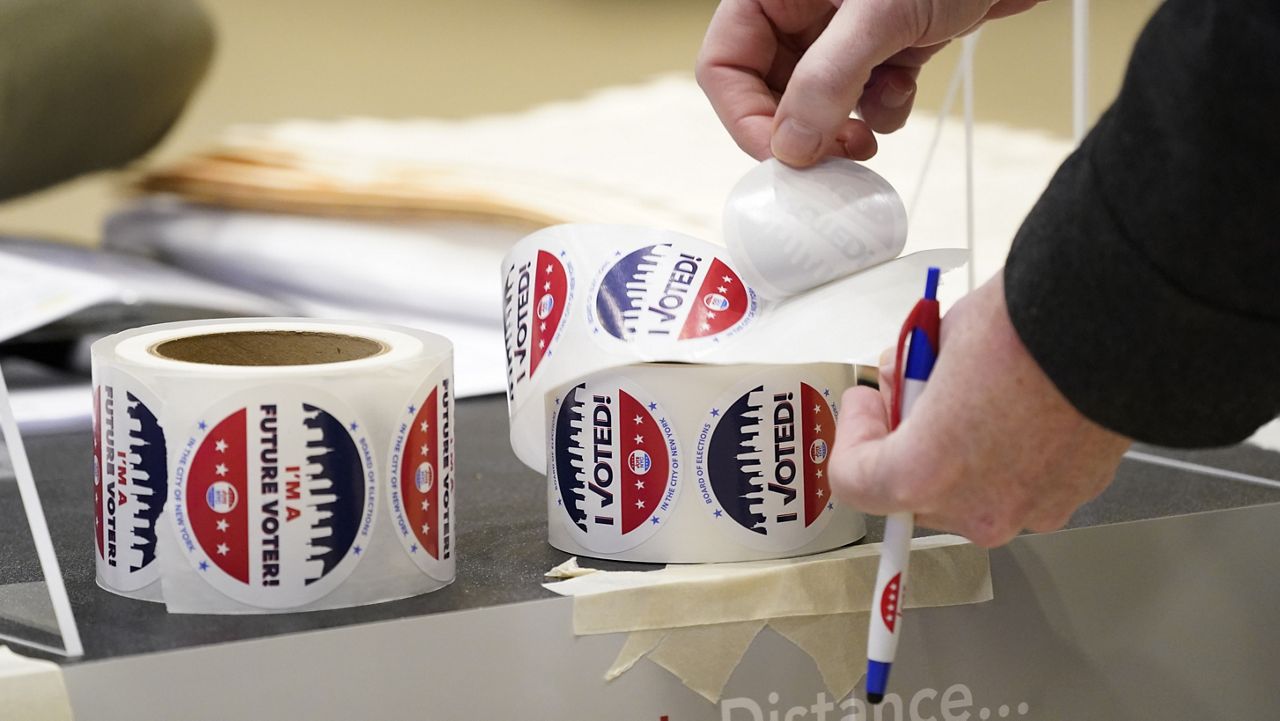Situated in the Bronx’s northwest section, Riverdale’s total population as of the last census stands at just under 100,000 residents, with a large white and Hispanic population.
And while the neighborhood has a larger number of homeowners, residents told NY1 that affordability concerns are giving them pause as to whether they can afford to stay in the community for the long-term.
What You Need To Know
Situated in the Bronx’s northwest section, Riverdale’s total population as of the last census stands at just under 100,000 residents, with a large white and Hispanic population
Despite boasting heavy Democratic enrollment, comparing 2020 general election data to 2024 in at least one election district shows support for Republican President Donald Trump increased
City Councilman Eric Dinowitz, who is Jewish, says his constituents say they have safety concerns for the city’s Jewish population
Sandwiched between Yonkers, Manhattan and the Hudson River, commuters can drive or catch a bus, the subway or Metro-North.
“It’s so close to the city, yet far enough away, transportation you’ve got Metro-North, it’s just a walk through the woods for me down to the train, it’s there 99.9 percent of the time,” said Bruce McKenna, one Riverdale resident.
It has a suburban feel, with single family homes and green space. NYU Furman Center data appears to back it up: Riverdale/Fieldston’s homeownership rate is 42% — higher than the 32.5% citywide average.
“So, in the last 30 years, there’s been changing demographics. It’s a real mishmosh of different groups and folks of different ages,” said Emma Pollack, who grew up in the neighborhood and is director of community engagement at the Riverdale Neighborhood House nonprofit.
“More and more, we see families having intergenerational households, and then also just trying to bridge connections between different generations,” she added.
The nonprofit is focused on supporting families and kids, and embracing older adults.
“They’re brighter, they’re going back to school. They are 60 years old, 70, and they are going back to school. And they have a lot of potential,” said Zenobia Kelly, telephone reassurance program director at the Riverdale Neighborhood House.
Despite lower median rental prices, City Councilman Eric Dinowitz highlights housing and affordability as top concerns.
“We are bleeding families in New York City. The demographic that is leaving New York City at the highest clip, are families with small children,” said the Democrat, who represents District 11.
“I think we can have a diversity of housing options everywhere in New York City. The problem is, city government wants to incentivize the construction of studio and one-bedroom apartments,” he continued.
Looking at the mayoral election, residents gave NY1 a piece of their mind.
“My choice is, I’d vote for Andrew Cuomo,” said resident Sabina Rosenblum.
“He’s very experienced. I understand he had some issues, you know, sexual harassment issues and stuff, he says he understands he may have gotten a little feely-touchy, he apologized — you know, it’s an issue,” she continued.
“I would like to like Mamdani, I would like to, but I don’t know that he’s got the wherewithal to pull off what he’s promising,” McKenna added.
Despite boasting heavy Democratic enrollment, comparing 2020 general election data to 2024 in at least one election district shows support for Republican President Donald Trump increased.
“Even if he looks OK and is fooling people, he has connections that will damage this entire city. Vote, vote, vote, but not for Mamdani. Doesn’t matter who you vote for, as long as it’s not for him. We need to get up and do something, not just complain about the situation,” one woman said.
“I’m going to vote for Mamdani. I have some serious disagreements about some things. He’s the candidate who was duly elected by the Democratic party, and I support our candidate,” resident Sylvia said.
Dinowitz, who is Jewish, says his constituents say they have safety concerns for the city’s Jewish population.
“They want a mayor who is going to affirm that people have the right to be and to feel safe, and that means the rhetoric matters,” he said.

